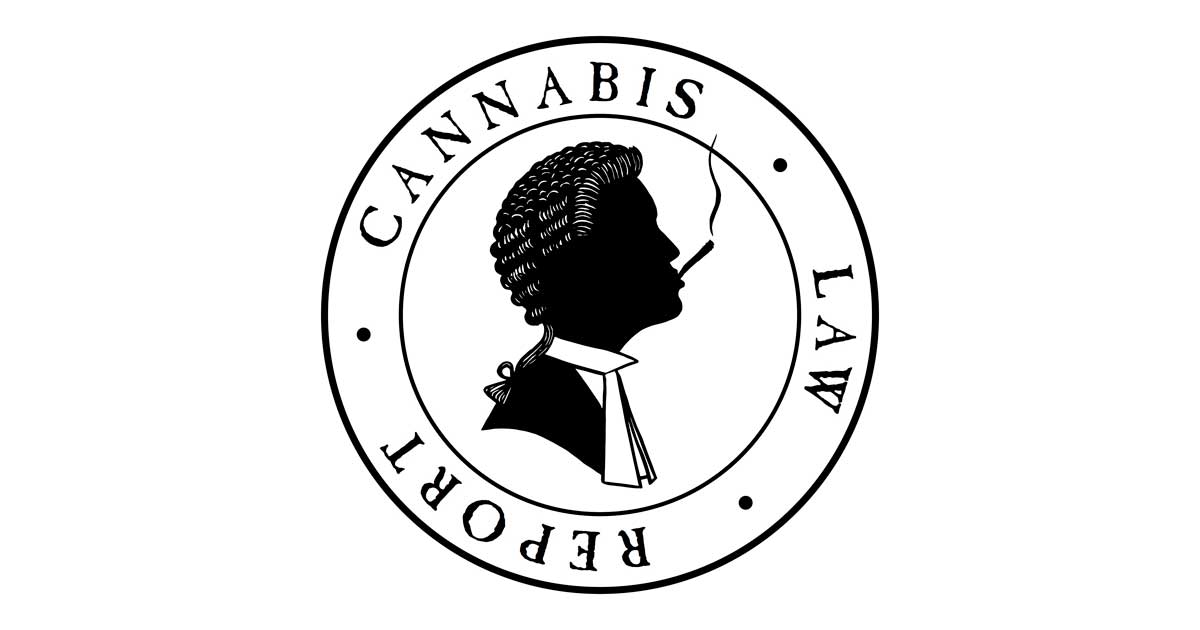
Background: Unusually high variability in blood Δ9-tetrahydrocannabinol (THC) concentrations have been observed in subjects inhaling similar cannabis products over similar time periods when consumption is ad libitum. This makes simple gravimetric dose estimation a poor predictor of THC exposure. Population pharmacokinetic analyses of blood THC concentration versus time data are routinely used to estimate pharmacokinetic parameters. The aim of this study was to estimate the inhaled dose of THC in occasional and daily users of high potency market cannabis.
Methods: Blood THC concentrations were measured for 135 minutes from 29 participants who either smoked high concentration flower or inhaled concentrates ad libitum during a 15-minute session. Frequent blood samples were obtained over the following 135 minutes.
Results: The estimated central and rapidly equilibrating volumes of distribution of a 3-compartment model were 19.9 ± 1.2 and 51.6 ± 4.7 L whereas the intercompartmental clearances were 1.65 ± 0.14 and 1.75 ± 0.10 L/min, respectively. Covariate-adjusted analysis revealed that the estimated inhaled THC dose was considerably less among occasional users compared with daily users.
Conclusions: Three-compartment pharmacokinetics of THC did not differ among the 3 user groups, and the early phase (first 135 minutes postinception of inhalation) kinetics were similar to those previously described after smoking low potency cannabis products. Therefore, inhaled THC dose can be estimated from pharmacokinetic data and covariate-driven adjustments can be used to estimate THC doses, based on the participant cannabis usage pattern (occasional versus daily), improving the accuracy of THC exposure estimates compared with those derived from weighed THC content alone.
Discover more from reviewer4you.com
Subscribe to get the latest posts to your email.

